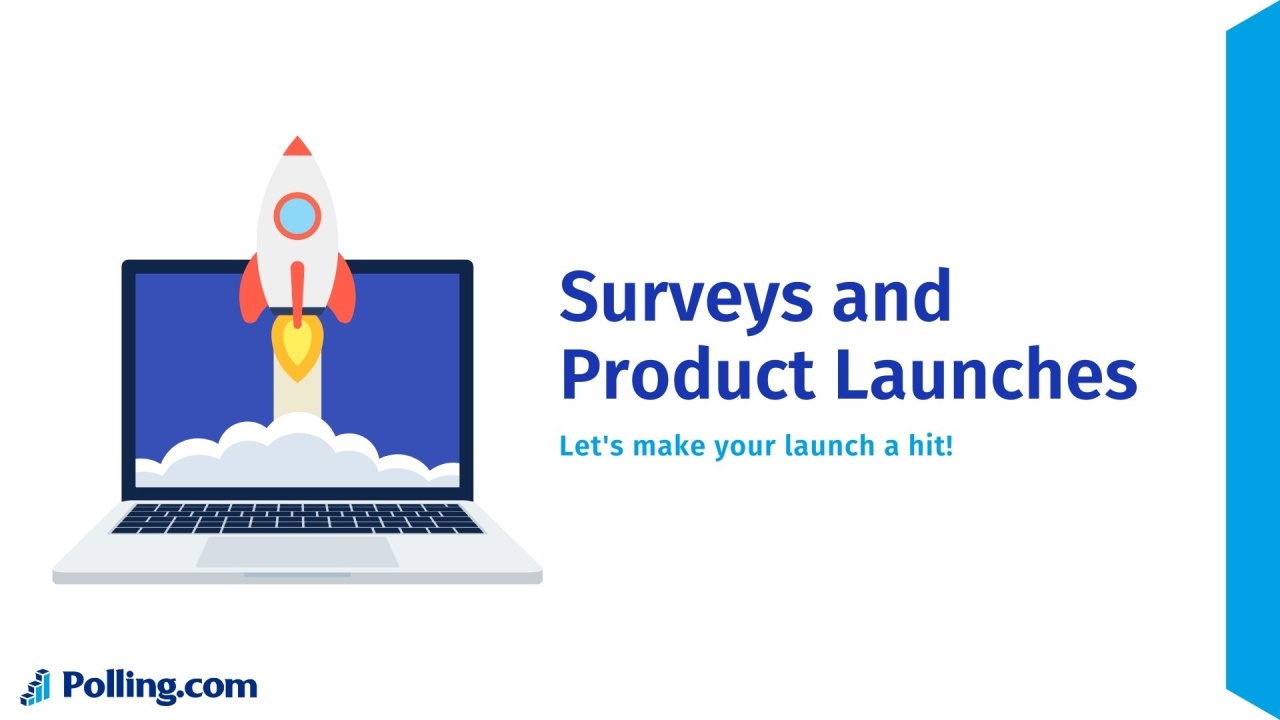
Surveys and Their Role in Successful Product Launches
Launching a new product in today’s competitive market can change the company’s position.
Successful product launches grab potential customers’ attention and help businesses consolidate their brand in the market for long-term prospects.
During the product launch, it’s necessary to capture the market needs and build the right strategies based on that to reach the right consumers effectively.
Survey tools are an excellent way to help companies achieve this valuable information and provide businesses with needed insights to ensure their products fit the market’s needs.
The Planning Phase
Before launching a product, knowing who will buy it and what the market looks like is important. This often involves using surveys.
Let’s explore further below!
Identifying Target Demographics
In the product launch preparation planning phase, one of the first and critical steps is determining the target demographics.
Surveys are incredibly helpful for businesses in accomplishing this task.
If businesses distribute good survey questions to a wide range of audience, they can gather detailed information from potential customers, including age, gender, location, income level, and interests.
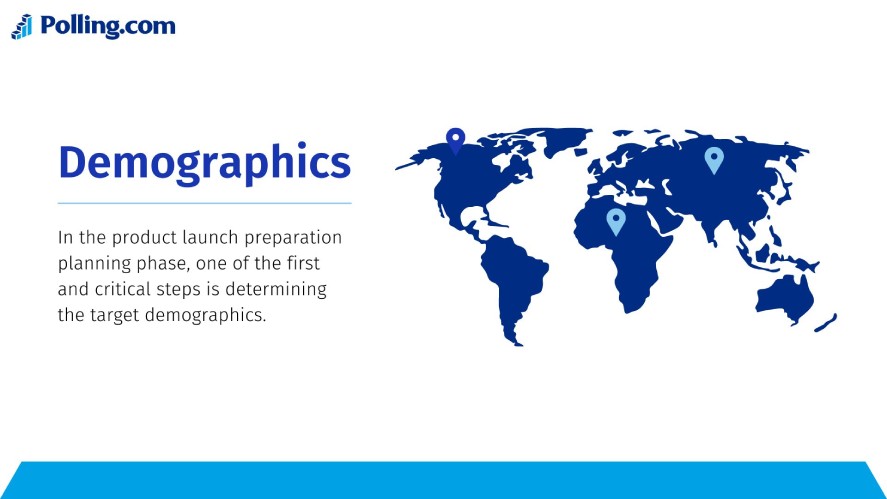
From these collected data, businesses can classify and create a clear profile of an ideal customer, like where they live, what they like, their hobbies, spending habits, and what problems they face with the current products.
By identifying clearly the targeted audiences at the beginning, the product owner can design the product, adjust the features to meet the specific needs, and ensure that it appeals to the right people from the start.
Market Research Via Surveys
If there is no demand for a product or that product in the market is already too competitive, then launching the product might not be a good idea.
As a result, conducting market research via surveys becomes essential.
Through polling questions and surveys, businesses can find out which products are currently popular in the market, what customers might think about them, and where there are gaps in the market.
Specifically, creating survey questions to ask customers about their experience with current products, what they like or dislike, and if there are any features that they would like to see, etc.
This real feedback will help businesses gain insights into customers’ needs and point out their opportunities for improvement to compete in the competitive market.
From there, companies can decide whether or not to proceed with a product launch.
If their answer is yes, they must determine what needs to be done to offer something new and valuable to the targeted audience.
Product Development and Refinement
Surveys play a key role in gathering insights on product features and help product owners gain valuable suggestions to refine their products from time to time before the final launch.
Feedback on Product Features
Surveys can assist businesses in gathering feedback on proposed product features and usability.
To make this process effective, businesses should design targeted surveys with specific questions about the features they consider, like game mechanics or in-game items.
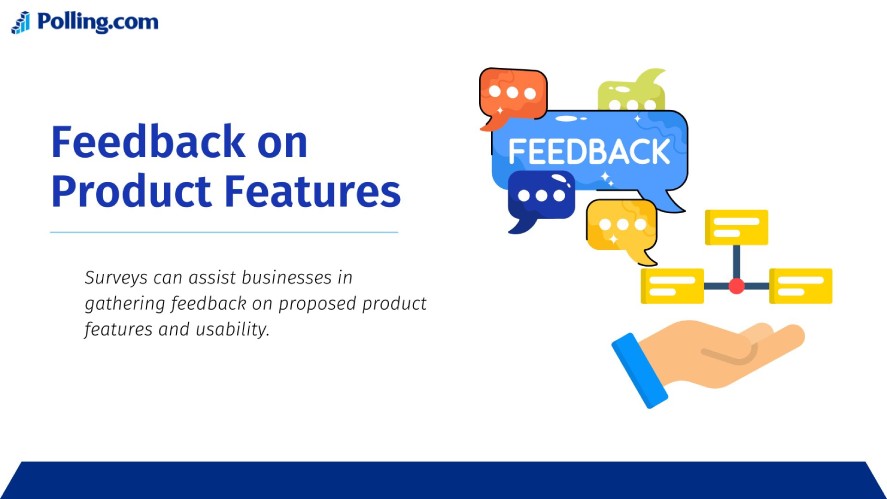
Additionally, it’s the best idea to combine multiple-choice and open-ended questions to get the most from survey responses.
While multiple-choice questions can provide quantitative data, open-ended questions encourage respondants to give more detailed explanations, such as how they prefer a certain type of game mechanic compared to others.
If there are many opinions regarding special features, the company should prioritize the features that receive the most support and interest.
Testing and Iterations
Product development is the process of testing and iteration, which, eventually, ensures that the final launching product meets the expectations of its end users.
Simply put, this process involves refining the products based on the feedback businesses can gather from surveys.
This is a typical approach that many businesses are applying:
- Prototype Development: Start by creating prototypes or beta versions of the products. Businesses can incorporate features into the prototypes based on feedback gathered from surveys on each iteration.
- User Testing: Distribute prototypes to a group of users for testing. After that, businesses can see how users use the product in real life and learn from their experiences.
- Feedback Analysis: Analyze what businesses collect from users. From these results, identify the common problems that users often face and suggest ways for improvement.
- Refinement: Make adjustments if necessary based on the above analysis. This might involve addressing usability issues or adding new functionalities based on user feedback.
- Repeat the Process: Continue iterating through prototype development until a product resonates with users and stands out in the market.
Marketing and Promotion Strategy
Once the product is launched into the market, leveraging the survey to refine the marketing strategies is vital.
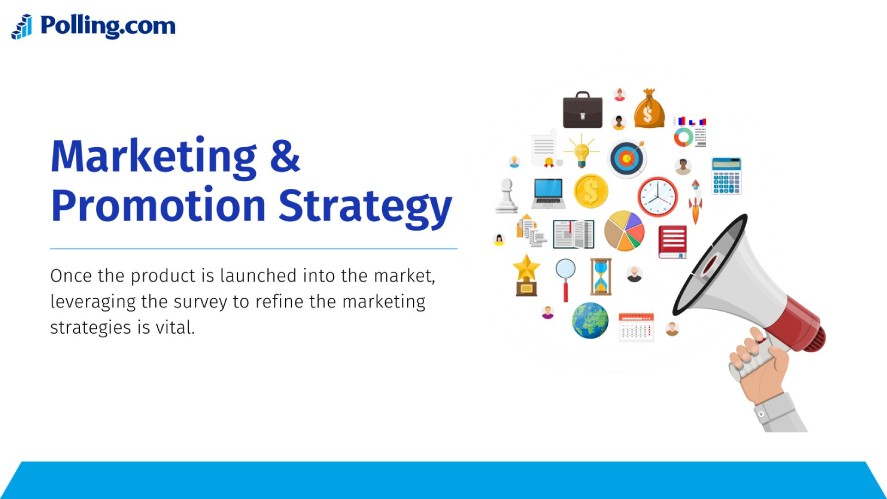
Crafting the Message
By sending survey topics to the customers, companies can gain feedback and clearly understand customers’ needs, desires, and pain points.
Understanding these aspects is especially important because businesses can tailor the right message to the right audiences based on that.
For example, if customers consistently mention special product features, such as reliability, it’s better to focus on these aspects in your promotional materials; that’s exactly what customers want to hear.
Choosing Marketing Channels
In marketing strategy, selecting the right channels to reach the target group of people successfully is critical.
Surveys can help provide valuable information on this aspect.
By analyzing survey data, businesses can determine which is the most effective marketing channel, invest more resources, and build strategies to make the most of that channel to broaden the ideal customers.
For example, if customers mention that they’ve discovered a product through social media, companies should allocate more resources to that channel and optimize marketing strategies on social media.
Pre-Launch Activities
The preparation before the official launch is important as it can affect how effectively the product reaches the hands of customers.
Thus, leverage surveys during this stage can totally change the outcome.

Building Anticipation Through Surveys
Through survey response rate, companies can get insights into which product features most compelling customers.
Companies can then highlight these features in teaser campaigns to show customers what the product offers.
By showing off these popular features, companies can make customers curious and excited about the product launch. This anticipation can make customers more likely to want to buy the product when it’s finally available.
Another approach is for businesses to create interactive content like polls, quizzes, or countdowns based on the survey response that keeps the audience engaged and looking forward to the product launch.
Adjustments Based on Prelaunch Feedback
Prelauch feedback can provide valuable insights that help companies make the last-minute adjustments that actually impact the official launch.
If survey data shows that certain marketing strategies resonate more with the target audience, businesses can adjust their strategies accordingly.
For example, if customers are particularly excited about specific product features, the campaign should continue highlighting that aspect.
If users identify minor issues and report them to the publishers to help for improvement, businesses should appreciate this feedback as addressing them can enhance the product’s appeal and functionality.
Launch Strategy
A strategic and data-driven launch plan is always essential for any new product success introduction.
Therefore, by carefully using actionable data from customer research, companies can make effective launch strategies for optimal traction.
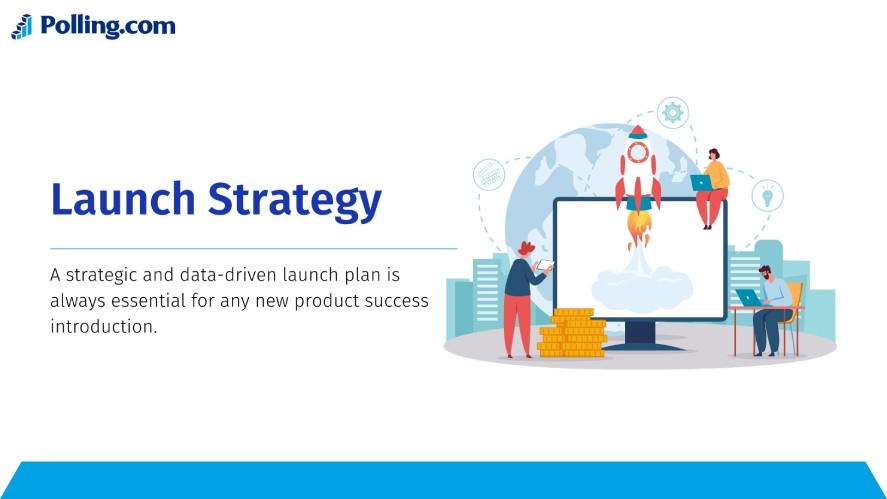
Timing and Execution
Choosing the perfect timing for launching a new product is pivotal and can be directed by survey statistics.
Surveys help businesses identify when people are most likely to buy or what they are interested in at a particular time.
Based on this valuable information, companies can adjust accordingly and optimize their launch strategies to meet consumer demand.
Here are some ways to make the most of this information:
- Avoid Busy Times: If surveys show that many similar products are coming out simultaneously, a company might wait to launch their product. This way, the product will not get lost in the crowd and has a better chance of standing out.
- Link With Special Events: Surveys can reveal that certain events, like holidays or big sports events, make people more likely to shop. Companies can plan to launch their products during these times to get more interest.
- Make Product Changes: Surveys might also show that adding certain features or changing some things about the product could make it more appealing when it launches. This means the product is better suited to people’s wants immediately.
Segmented Launch Approach
Survey insights may indicate certain consumer segments have greater initial curiosity or stand to gain more value from the product.
When companies find out which groups of people are most interested in a new product through surveys, they can focus their efforts on these groups to launch their product more effectively.
For example, they can offer special deals to these interested groups, such as lower prices at the start or the chance to buy the product before anyone else.
As a result, these special offers make these customers feel special and help spread the word about the product.
However, it is important to avoid acquiescence bias, which happens when people agree with survey questions just to be agreeable, not because they actually feel that way.
To avoid this, companies should create surveys that get honest opinions by using different types of survey questions, not just ones that people can answer with a simple yes or no.
Post-Launch Review and Adaptation
After launching a new product, companies must determine how customers like it.
This is where post-launch surveys come in because they help companies understand how people feel about their products, how satisfied they are, and what could be improved.
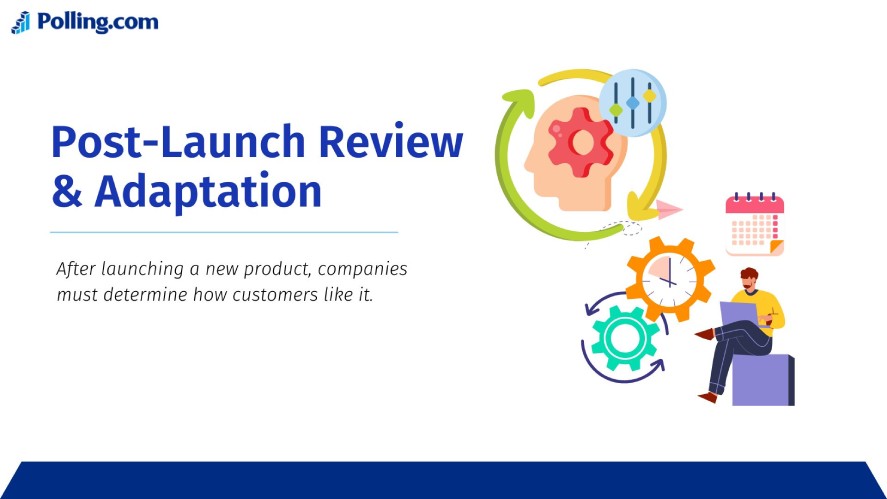
Evaluating Success through Surveys
Post-launch surveys are powerful tools that gather feedback directly from those who have purchased and used the product.
These surveys can include the best survey questions to ask about how well the product meets customer needs and at which level of customer satisfied with the product.
The more specific questions, the clearer picture companies can get of what’s working and what isn’t.
For example, if many people mention that the product is hard to use, the company might consider redesigning or improving the instructions.
Continuous Improvement
The importance of ongoing surveys extends beyond the initial feedback.
Regular surveys help a company stay updated with what customers want and how the market changes. As customer needs change or new competitors enter the market, constant feedback helps companies adapt.
This ongoing loop of feedback and adaptation not only helps refine the product but also aids in maintaining a strong connection with customers, ensuring that the product remains relevant and preferred over time.
Conclusion
Surveys are essential for a successful product launch.
They give valuable insights into customers’ thoughts and needs, helping businesses tailor their products and marketing to meet these expectations.
As a result, using surveys regularly in every step of product development and product launch best practices is a great way for businesses to ensure their products meet customer needs.
In short, businesses should leverage this powerful tool to stay connected with customers and enhance their products continuously.
